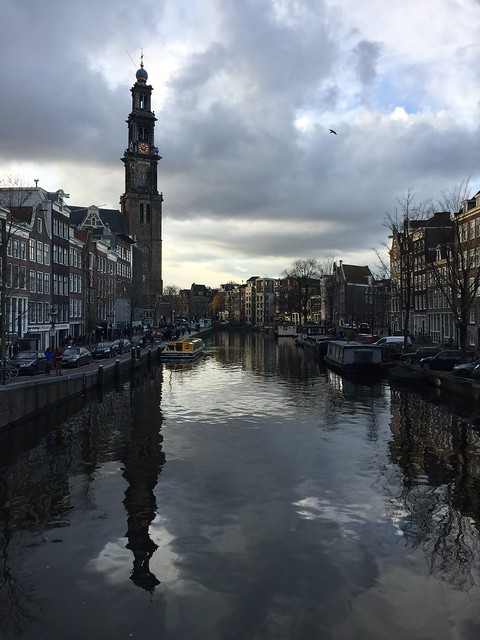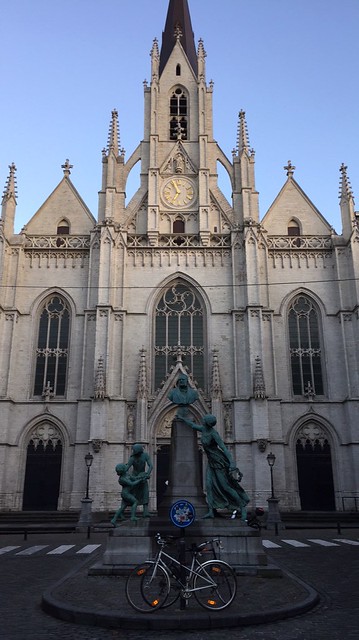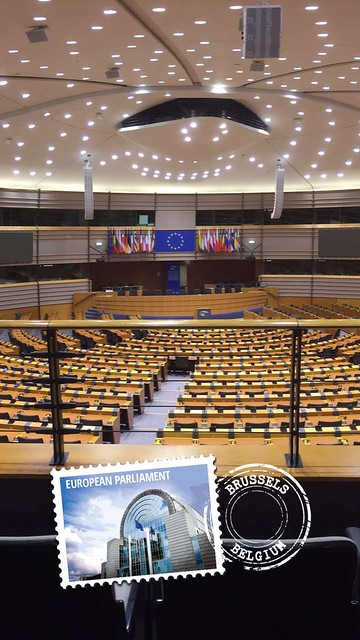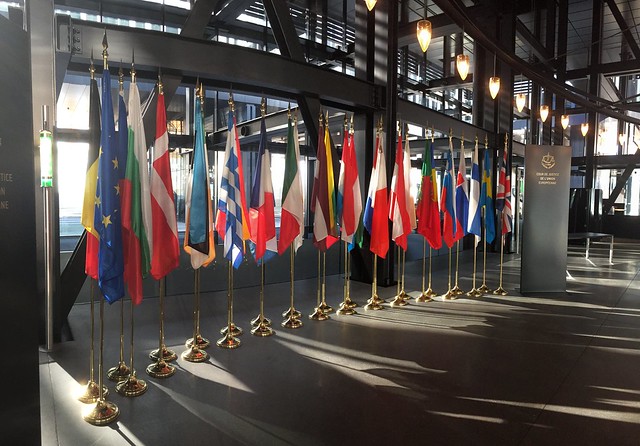As I approach the end of my Fulbright-Schuman experience and time in Brussels, I’ve been taking some time to reflect back on it. I applied for Fulbright knowing it would be a challenging and rewarding experience, but I have been surprised by what has been the hardest parts. The two main requirements of my grant are to complete my proposed research project on radical right-wing populism and, like all Fulbrighters, to act as a cultural ambassador for the U.S. I thought the research challenge would be more challenging, and that representing the U.S. abroad would be easy enough. It turs out being a cultural ambassador has been a more difficult and interesting challenge than I had originally imagined.
My first weeks in Brussels gave me a taste of this challenge. Around three weeks after I arrived, Las Vegas experienced the largest mass shooting in American history. Europeans struggle to understand a number of aspects of American culture, but there is a special confusion about guns. My colleagues were confused and asked me why the U.S. allowed it to be such an issue. Not understanding gun culture very well myself, I stumbled through an answer. Being American in no way means you understand every current of American life, and I was beginning to understand how this would define the challenges of my Fulbright experience.
This issue came to a head at a party I attended in early November. Brussels is a city where there are just as many people passing through for a few months as permanent residents, and conversations inevitably turn to where you’re from and why you came to Brussels. A few times that night after explaining how I moved to Brussels from Chicago, other people at the party told me I was not what came to mind when considering a typical American. I asked what they thought a typical American was, and they told me someone who only speaks English and isn’t very open to the rest of the world.
I completely disagreed with this idea. These statements, to me, seemed to reflect a portion of America that has been highlighted in the 2016 election and its aftermath. Nonetheless, the U.S. is a remarkably large and diverse country, and such blanket categorizations can’t accurately reflect American life. The challenge for me in explaining this is that I can only really draw upon my own experience of American life. Every American’s perception of the U.S. is formed by a unique combination of experiences and aspects of their identity. As such, I find it really difficult to speak for America as a whole.
A large reason why I find these issues of identity and cultural representation so interesting is that they intersect really well with my research. For the past six months I’ve been studying radical right-wing populist performance in European national elections. These parties consistently put cultural identity and xenophobia at the heart of their campaigns. In a sense, I’m studying the European version of what colors so many negative perceptions of the U.S.
This relationship I’ve found between my research and parts of American society has helped me navigate the difficulties of cultural ambassadorship. When faced with negative perceptions of the U.S., I still bring up America’s size and the diversity that comes along with it. Now, though, I also try to focus on connections between problems faced in the U.S. and Europe. There are certainly a lot issues that seem particularly American or European. But if my Fulbright experience has taught me anything, it’s that more often than not these issues have a relative on the opposite side of the Atlantic.
– Alex Jarman, 2017-2018 Fulbright-Schuman grantee
